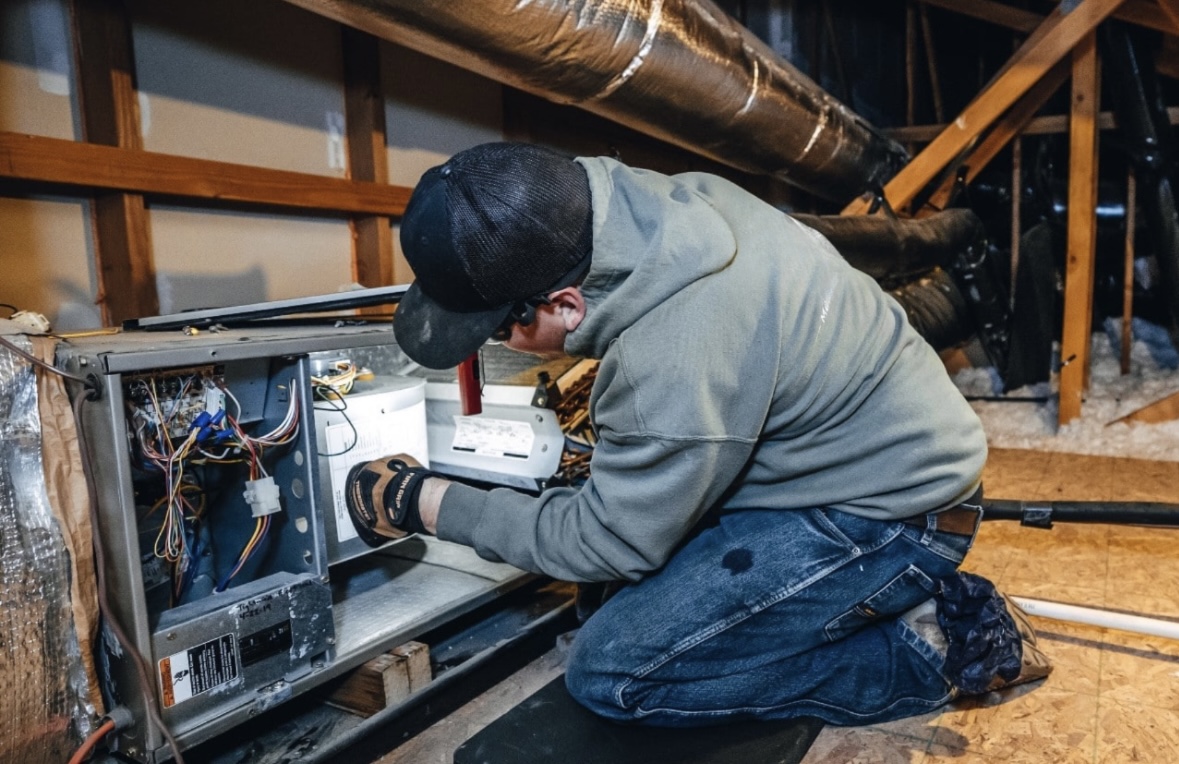In today’s fast-paced work environments, ensuring employee safety is a top priority for organizations across industries. One of the most effective ways to enhance workplace safety is by implementing Real-time safety alerts. These alerts provide immediate notifications about potential hazards, allowing quick action to prevent accidents and reduce risks. In this article, we will explore how to set up real-time safety alerts in your workplace, the benefits of these systems, and best practices for maximizing their effectiveness.
Understanding Real-Time Safety Alerts
What Are Real-Time Safety Alerts?
Real-time safety alerts are instant notifications delivered to employees and management when a safety concern arises. These alerts can come through various channels such as mobile apps, emails, SMS, or integrated workplace safety platforms. They are designed to inform staff immediately about emergencies like fire outbreaks, chemical spills, equipment malfunctions, or any other hazardous conditions.
Why Are Real-Time Safety Alerts Crucial?
Safety is non-negotiable in any work environment, and delays in communicating dangers can lead to serious consequences. Real-time safety alerts ensure that critical information reaches the right people at the right time, minimizing response delays. This rapid communication helps prevent injuries, save lives, and maintain operational continuity.
Steps to Set Up Real-Time Safety Alerts in Your Workplace
1. Assess Workplace Safety Risks
Before implementing any alert system, it’s essential to perform a thorough risk assessment. Identify common hazards and emergency scenarios specific to your workplace. This assessment will guide what types of alerts are necessary and the best ways to deliver them.
2. Choose the Right Technology Platform
Selecting the appropriate technology is key to effective real-time safety alerts. Consider platforms that offer:
- Multi-channel notifications (SMS, email, app notifications)
- Integration with existing safety equipment like fire alarms or gas detectors
- Easy scalability to cover all employees and locations
- User-friendly interfaces for quick setup and management
Many modern safety communication platforms also offer analytics and reporting features to track alert responses and improve safety protocols.
3. Define Alert Triggers and Protocols
Clearly define the conditions that will trigger alerts. For example, smoke detectors might trigger a fire alert, or a hazardous chemical sensor could activate a spill warning. Establish detailed protocols outlining who receives alerts and what immediate actions they should take.
4. Train Employees on Alert System Usage
For real-time safety alerts to be effective, all employees must understand how the system works and how to respond when alerts are received. Conduct training sessions and provide easy-to-access guides or FAQs. Regular drills can help reinforce procedures.
5. Test and Refine the System Regularly
Regular testing of your alert system is crucial to ensure functionality and reliability. Conduct mock alerts and emergency simulations to identify any gaps or delays in the notification process. Use feedback to refine alert settings and response protocols.
Benefits of Implementing Real-Time Safety Alerts
Enhanced Response Time
Real-time safety alerts drastically reduce the time it takes for employees and safety teams to respond to incidents. Faster response can mean the difference between minor incidents and catastrophic accidents.
Increased Employee Awareness and Engagement
Consistent safety communications keep employees alert and informed about potential hazards. This ongoing awareness fosters a culture of safety and encourages proactive behavior.
Compliance with Safety Regulations
Many workplace safety standards and regulations require effective emergency communication systems. Implementing real-time safety alerts helps companies meet these legal requirements and avoid penalties.
Reduced Operational Downtime
Timely alerts help mitigate the impact of safety incidents, reducing downtime and associated financial losses. Quick resolutions allow businesses to maintain productivity and safeguard assets.
Best Practices for Maximizing Real-Time Safety Alerts
Customize Alerts for Different Roles
Not all employees need the same information. Customize alerts based on roles and responsibilities to avoid alert fatigue and ensure relevant information reaches the appropriate personnel.
Integrate with Other Safety Systems
Link your real-time safety alerts with existing systems such as surveillance cameras, access control, and environmental sensors. This integration creates a comprehensive safety network.
Prioritize Mobile Accessibility
Since many employees work on the move or offsite, ensure alerts can be received and acknowledged on mobile devices for maximum reach.
Monitor and Analyze Alert Data
Use analytics tools provided by your alert platform to monitor alert frequency, response times, and outcomes. This data can help identify trends and improve safety measures continuously.
Challenges to Consider When Setting Up Real-Time Safety Alerts
Technology Adoption
Introducing new technology can meet resistance from employees unfamiliar with digital tools. Overcome this by providing adequate training and support.
Ensuring Alert Accuracy
False alarms can desensitize staff and reduce the effectiveness of alerts. Fine-tune sensor sensitivity and validation protocols to minimize false positives.
Maintaining Privacy and Security
Since alert systems may involve personal contact information and location data, ensure compliance with data privacy regulations and implement robust cybersecurity measures.
Conclusion
Setting up real-time safety alerts in your workplace is a vital step towards protecting employees and maintaining a safe working environment. By carefully assessing risks, selecting the right technology, defining clear protocols, and training staff, organizations can harness the power of instant communication to prevent accidents and respond swiftly to emergencies. These alerts not only enhance safety compliance but also foster a culture of awareness and responsibility. Prioritizing real-time safety alerts demonstrates a strong commitment to workplace safety, benefiting employees and the overall organization alike.










Leave a Reply